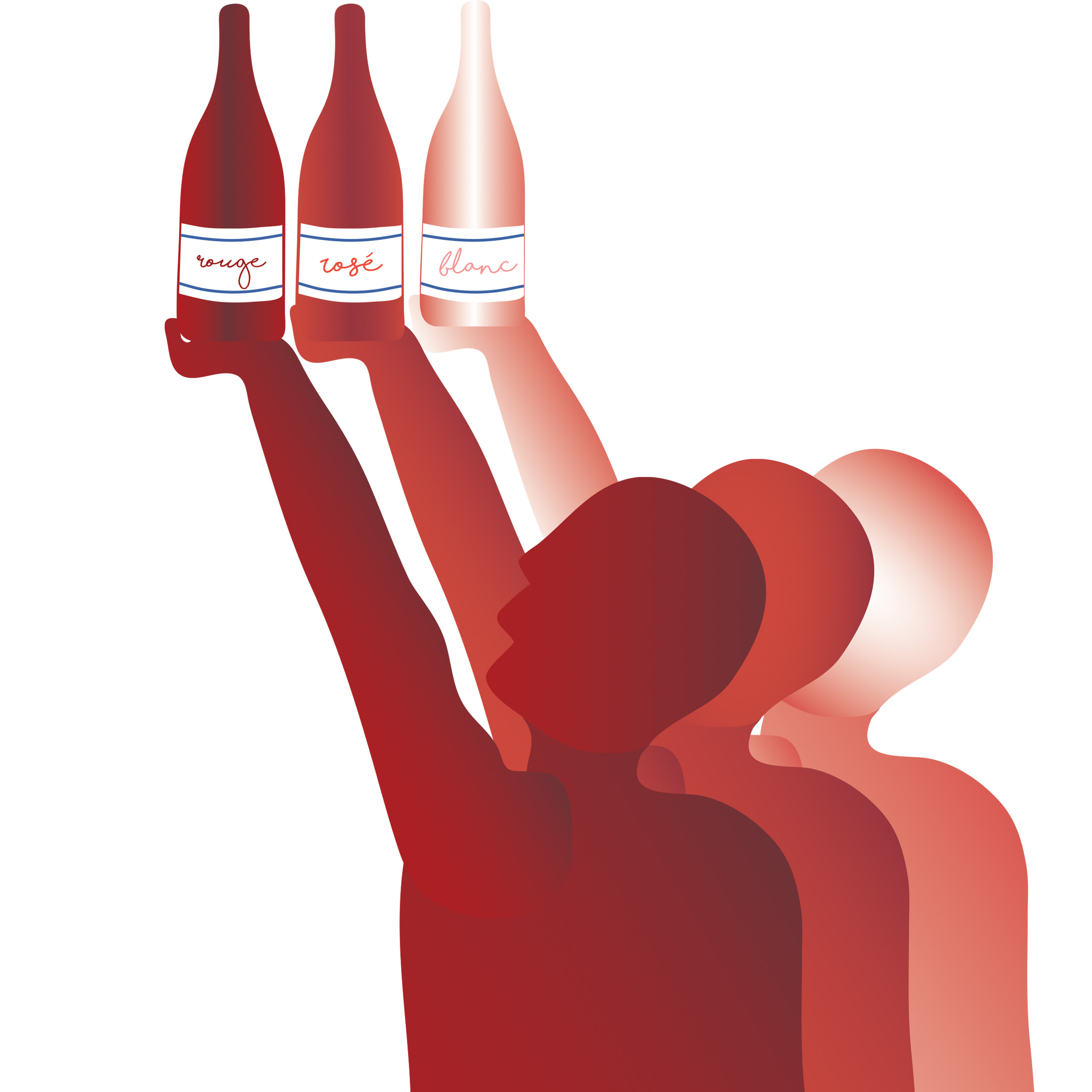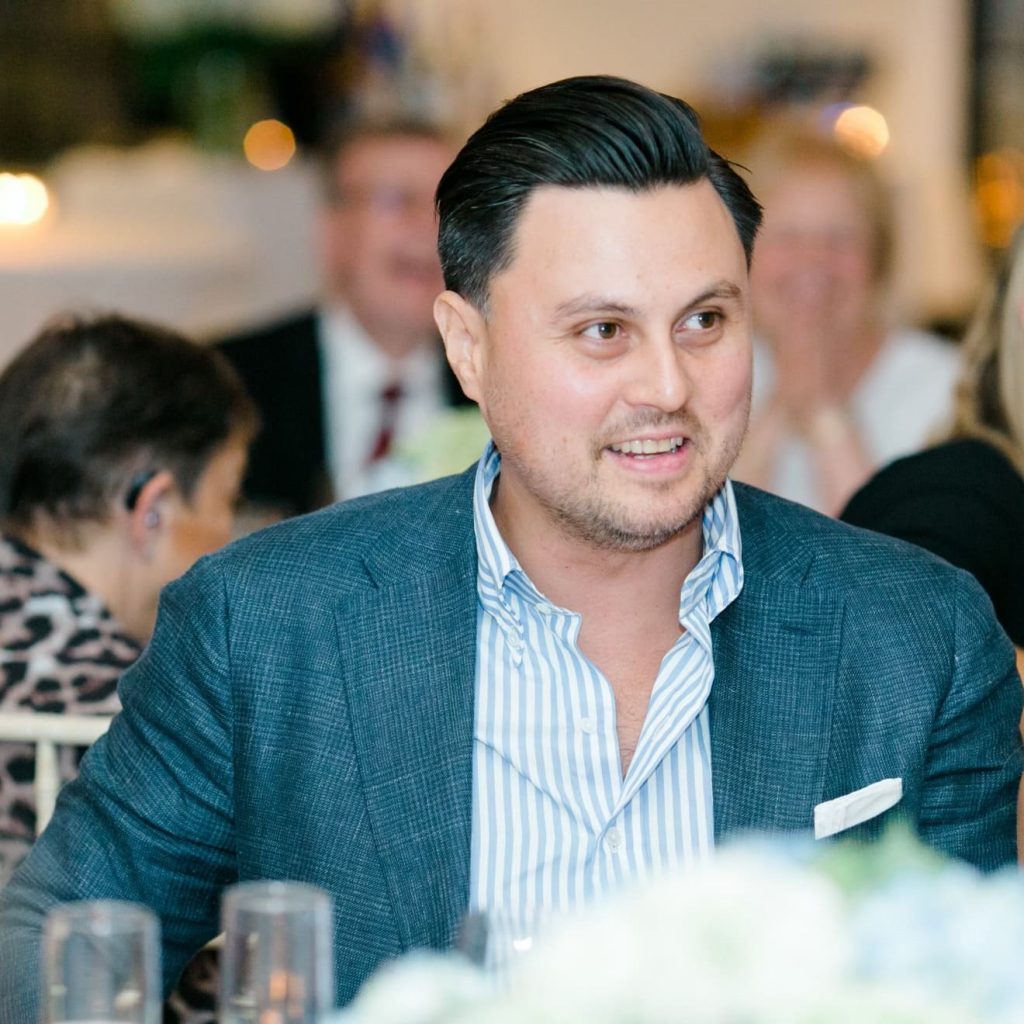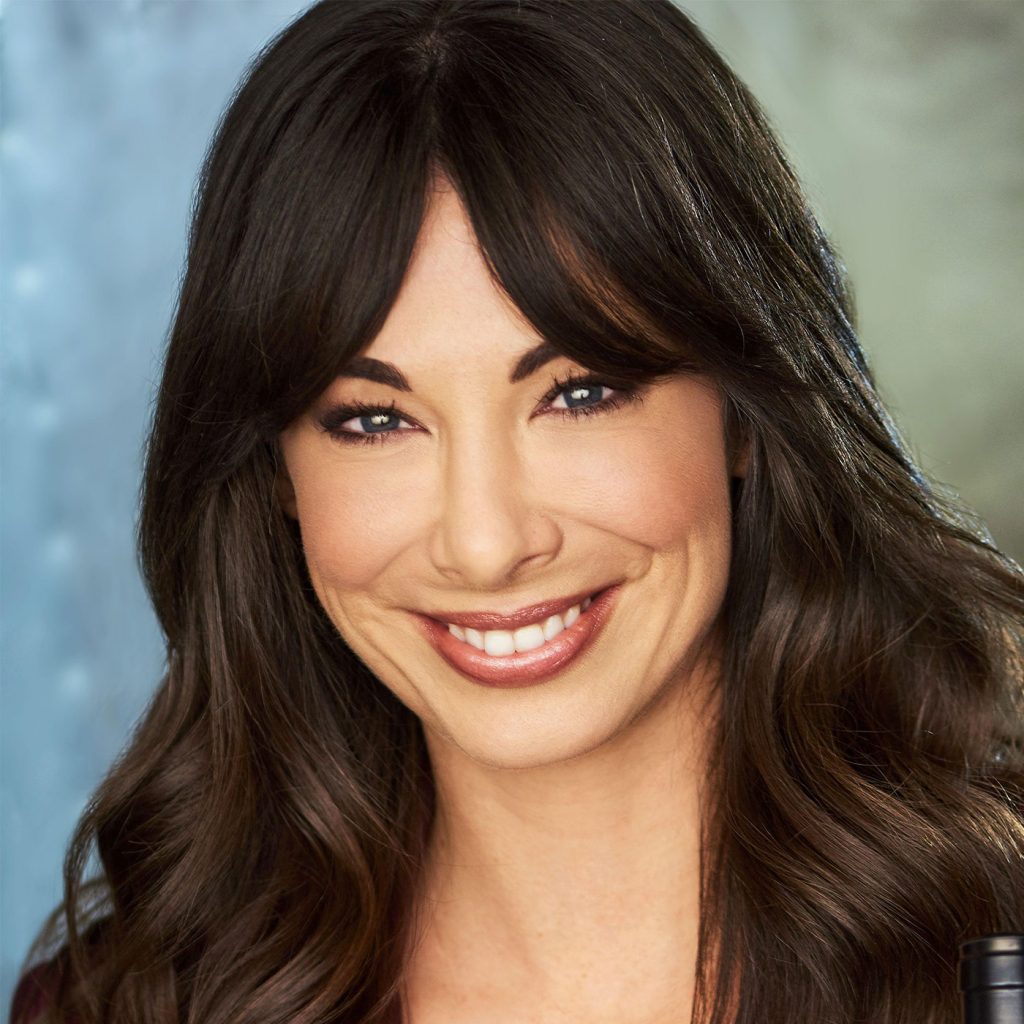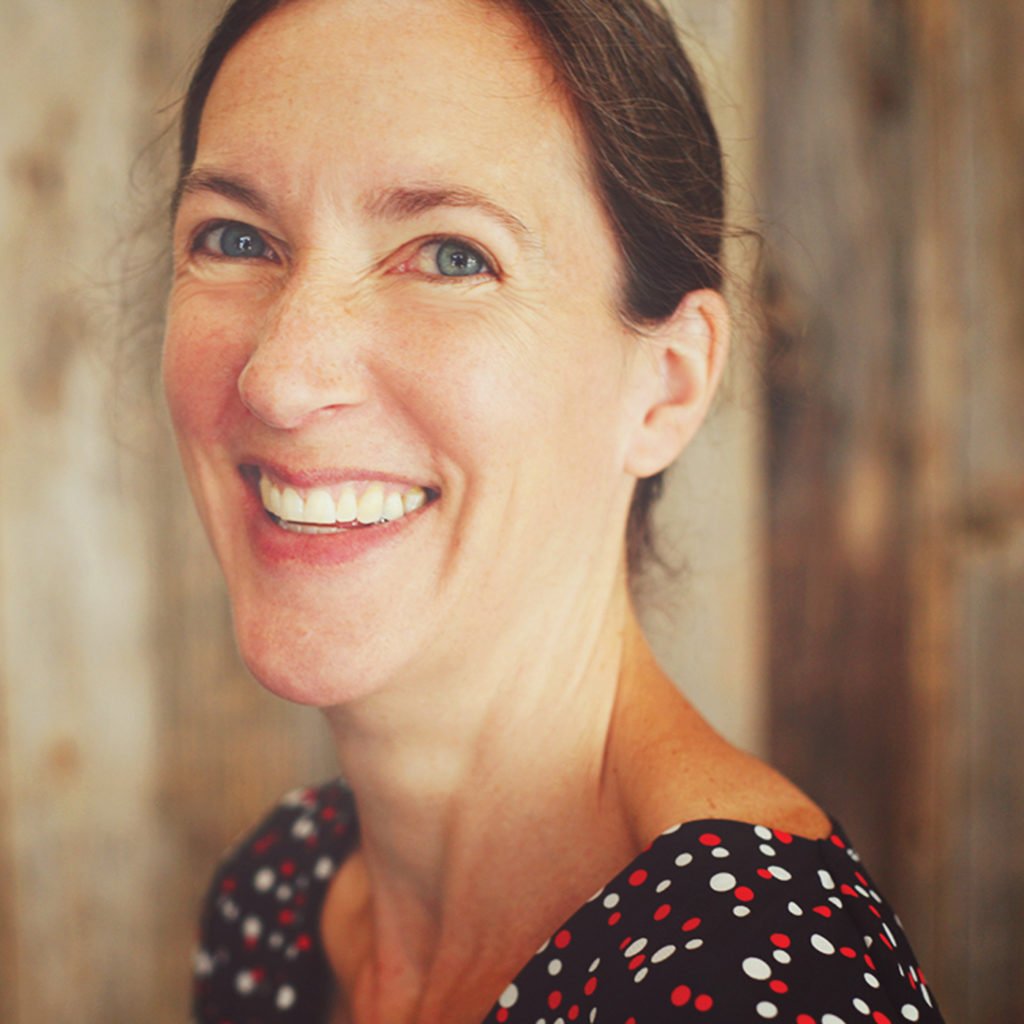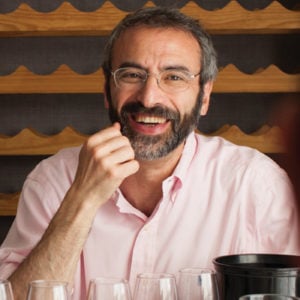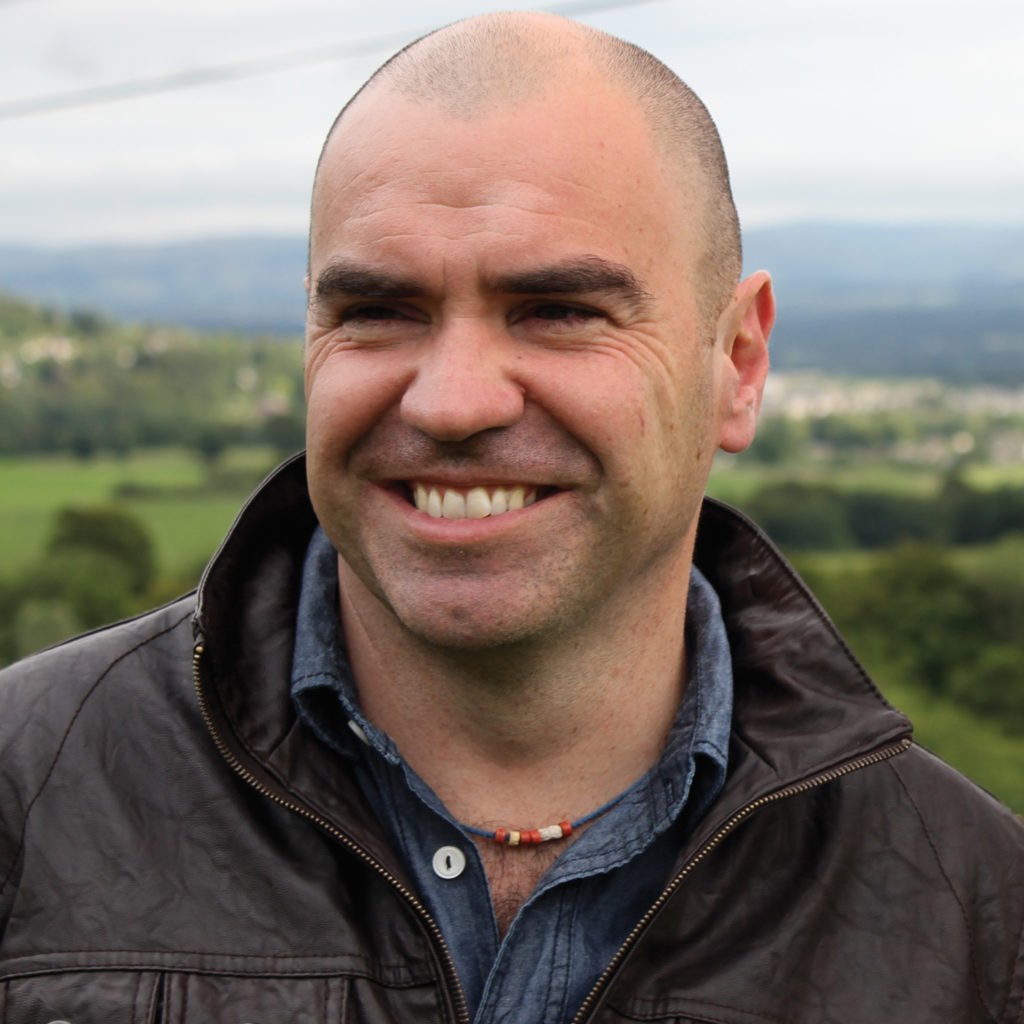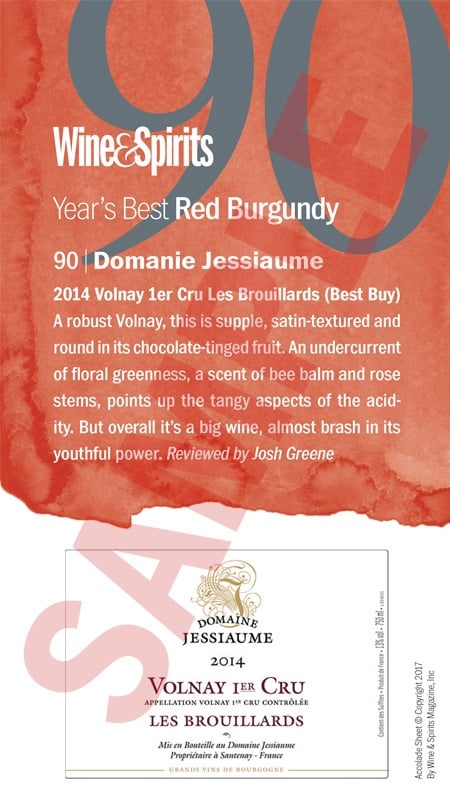When was the last time you drank a red wine? The question is hardly ridiculous if you consider that what we call “red wines” are nearly all, in fact, deep purple in their youth, and that a “more is-better” mentality has lately dictated the darker the better. With rosé’s return…
To read this article and more,
subscribe now.
To continue reading without interruption, subscribe and get unlimited digital access to our web content and wine search.
This story appears in the print issue
of October 2017.
Like what you read? Subscribe
today.

